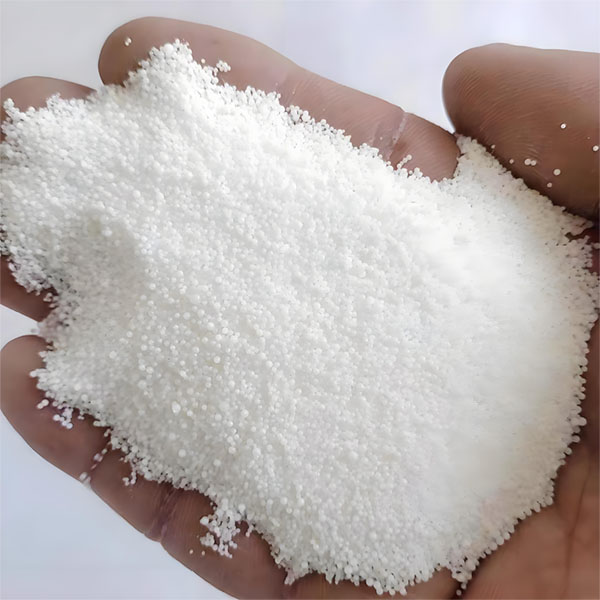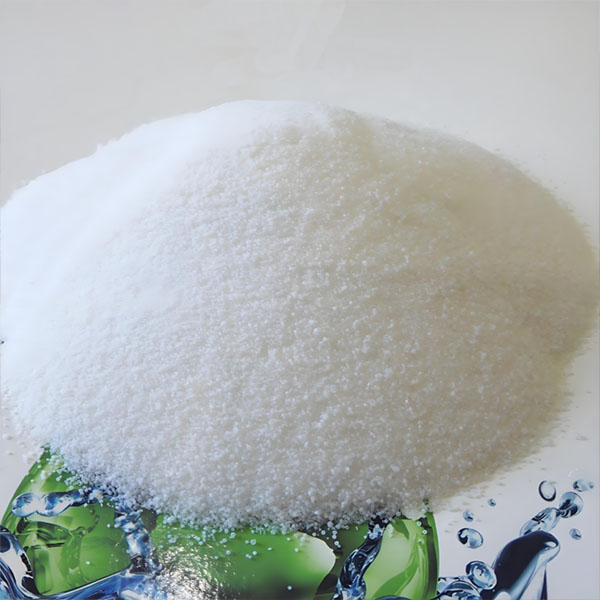Product Description
Stearic Acid, also known as Octadecanoic Acid, is a white flake, bead, or chunky solid at room temperature. Comprising predominantly of saturated fatty acids with C16 and C18 chains, it is insoluble in water. The industrial production methods for stearic acid mainly include distillation and pressing. It finds wide applications in industries such as food, pharmaceuticals, coatings, plastics, rubber, textiles, etc.
Alias: Stearic Acid, Octadecanoic Acid, Octadecyl Alcohol, Fatty Wax Acid, 18 Acid
English Name: Stearic Acid
CAS Registry Number: [57-11-4]
HS Number: 38231100.00
Chemical Formula: C18H36O2
Molecular Weight: 284.48
Storage: Store in a cool, dry place, away from sunlight and rain
Shelf Life: Two years
Standard: GB/T 9103-2013
Physical and Chemical Properties:
It is a white flake, bead, or chunky solid at room temperature, composed mainly of saturated fatty acids with C16 and C18 chains. It is insoluble in water, slightly soluble in benzene and carbon disulfide, readily soluble in hot ethanol, non-toxic and odorless, and exhibits typical chemical properties of organic carboxylic acids.
Production Method:
Stearic acid is a widely occurring fatty acid in nature, present in varying amounts in almost all fats. It is found in higher quantities in animal fats, such as butter (up to 24%), and lower quantities in vegetable oils, with tea oil containing 0.8%, palm oil 6%, and cocoa butter as high as 34%. Industrial production methods for stearic acid mainly include distillation and pressing. Addition of a decomposing agent to hydrogenated oil results in crude fatty acids, which are then processed through washing, distillation, and decolorization to obtain the finished product, along with glycerol as a byproduct.
Uses:
1. Used in agricultural chemicals, food production, crayons, candles, cement, coatings, inks, leather waxes, lubricants, metalworking, mining, pencils, capsules, ointments, plastics, tire rubber, textiles, papermaking, and various other industries.
2. Utilized for the production of stearic acid salts.
3. Acts as an emulsifier in snow paste and cold creams, stabilizing them into a stable white paste.
4. Functions as a vulcanization activator for natural rubber, synthetic rubber (excluding butyl rubber), and latex (rubber vulcanizing agent).
5. Serves as a raw material for plastic cold-resistant plasticizers and PVC stabilizers.
6. In medicine, it is used for preparing ointments and suppositories.
7. Employed in the food industry as a lubricant, defoaming agent, and food additive raw material.
8. Widely used in paper additives, release agents, polishing agents, metal mineral flotation agents, solvents for oil-soluble pigments, crayon lubricants, wax paper glossing agents, emulsifiers, etc.


